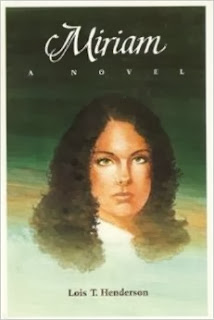When
you are ringing in the New Year 2014 this Tuesday night and make a toast for
good health and happiness, you may not need to know what I am sharing here. As a member of Toastmasters International, I have been
wondering where the ideas of toasting came from. Then, we had an article in the December 2013 Magazine on toasting and I
felt inspired to read more about it.
“Here's to the bright
New Year
And a fond farewell to the old; Here's to the things that are yet to come
And to the memories that we hold.”
What
is a Toast?
A
toast is a ritual in which a drink is taken as an expression of honor or
goodwill. The term may be applied to the person or thing so honored, the drink
taken, or the verbal expression accompanying the drink. Thus, a person could be
"the toast of the evening," for whom someone "proposes a
toast" to congratulate and for whom a third person "toasts" in
agreement.
There
are many occasions in life to share a toast: the birth of a newborn, weddings,
good byes, birthdays, or any party. The
custom of drinking to the health, prosperity, happiness, or good luck of
another is not new; it rather has a long history. The curious practice of raising our drink
containers is one of the most ancient of these.
“A Toast or Sentiment
very frequently excites good humor and revives languid conversation; often does
it, when properly applied, cool the heat of resentment, and blunt the edge of
animosity. A well applied Toast is
acknowledged, universally, the flame of acrimony, when season and reason oft
used their efforts to no purpose.”
~
Craig Harrison, DTM
Why
Toasting?
But
it wasn't always called a toast. The term didn't come about until the late 17th
century. In the same way you throw a lime in tequila, it was customary to plop
a piece of toast or crouton in a drink, Dickson says. Think of it as an early
form of a cocktail snack.
And
just in case you are wondering where the English phrase "toast" comes
from, it comes from the practice of floating a piece of burnt toast on top of
the wine of the loving cup. The reason for this was that the toast took away
some of the acidity of the wine.
History
of Toasting
Ironically,
the cheerful clinking of a friend's glass before drinking evolved from one of
the darker practices of the distant past. The custom dates back to the Middle
Ages, when people were so distrustful of one another that they weren't above
poisoning anyone they perceived as an enemy. As a safeguard, drinkers first poured
a bit of wine into each other's glass, acting as mutual "tasters."
Trustworthy friends, however, soon dispensed with the tastings and merely
clinked their glasses instead. This custom is said by some to explain why
"to your health" is the most common toast worldwide. Some other
historians hold that clinking glasses provided the noise that would keep evil
spirits at bay.
Cheers
- Why do we click the glasses?
 There
can be various answers to this question but the common notion that this was
done so as to spill a little wine into each other's glasses thereby ensuring
that the drinks are not poisoned is not true. This custom is relatively new.
Touching your glasses gently is done to incorporate the sense of hearing in the
processes of making a toast. Earlier only four out of our 5 senses were
gratified.
There
can be various answers to this question but the common notion that this was
done so as to spill a little wine into each other's glasses thereby ensuring
that the drinks are not poisoned is not true. This custom is relatively new.
Touching your glasses gently is done to incorporate the sense of hearing in the
processes of making a toast. Earlier only four out of our 5 senses were
gratified.
What
to say in a toast?
Here
is a link for some sample toasts, blessings and graces: Chosen words for Toasts
For
those who are looking for formal toasts for a special occasion, here is a whole
book by the master Paul Dickson: Toasts
For
the rest of us, let just enjoy this New Year’s Eve with a cheer of goodwill and
blessing for the New Year 2014. I hope
and pray that the New Year will take us into better circumstances, and we can
create health and prosperity for our families and country.

















